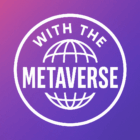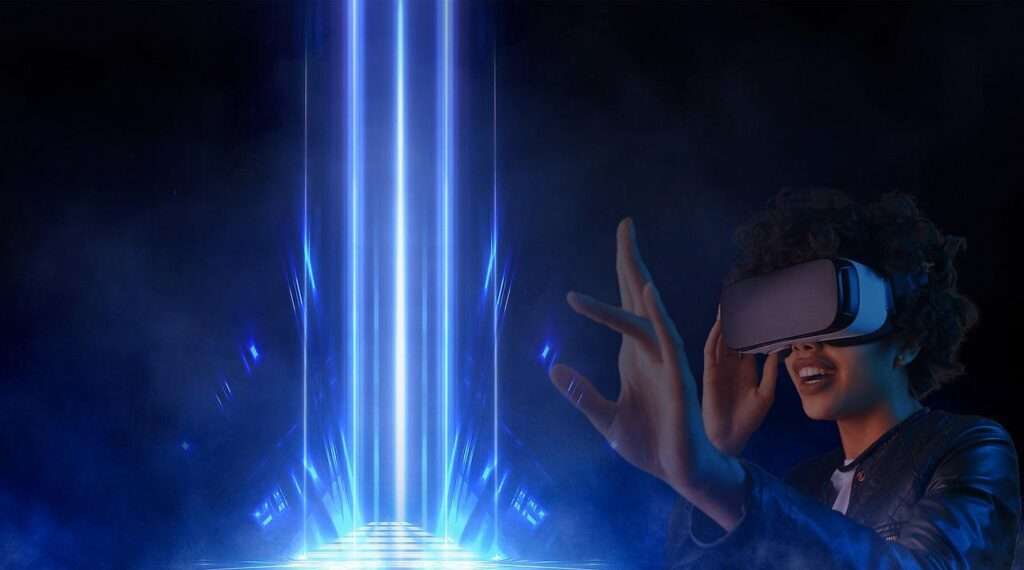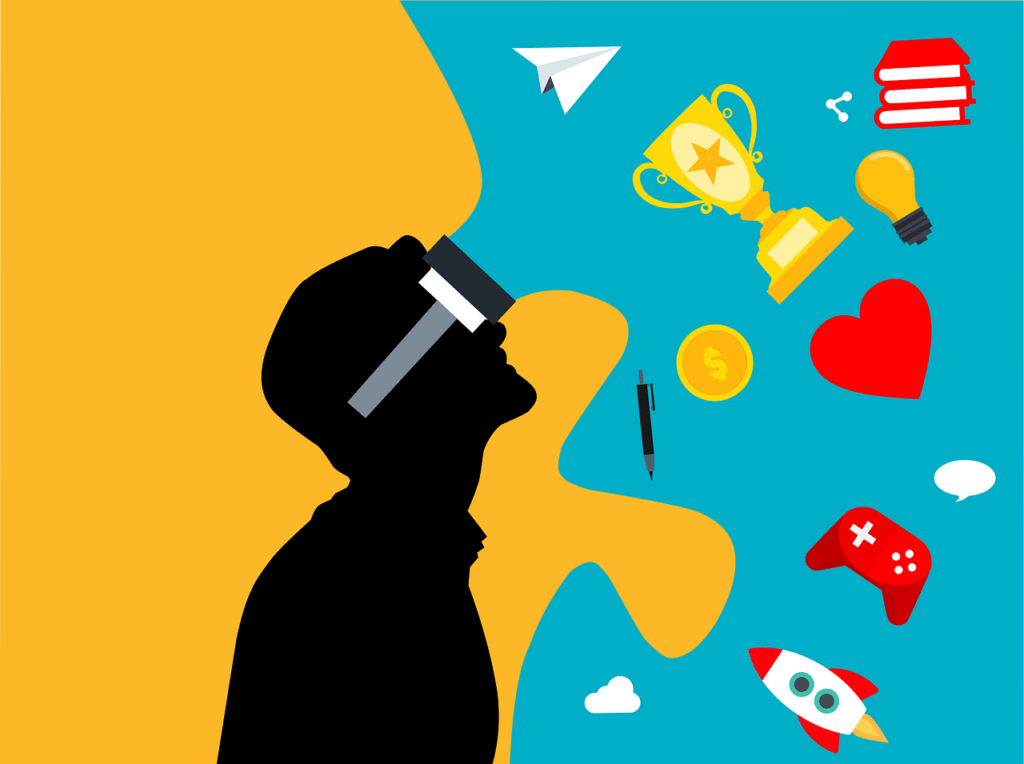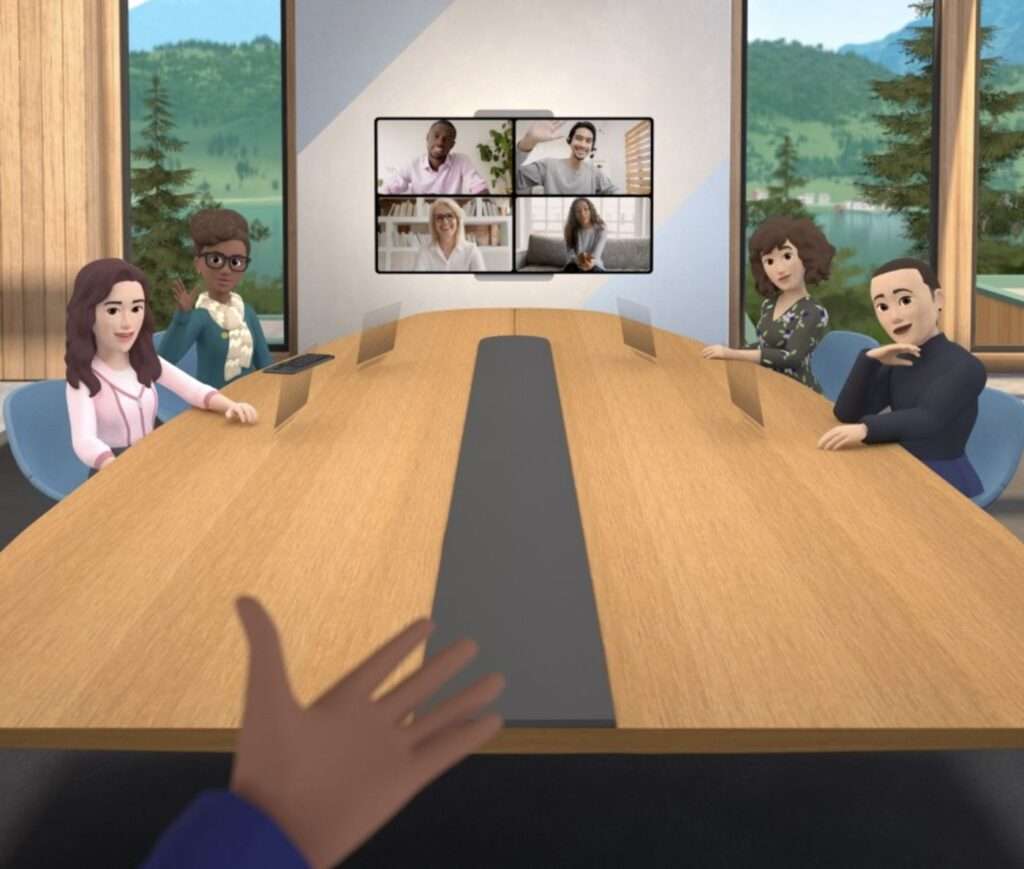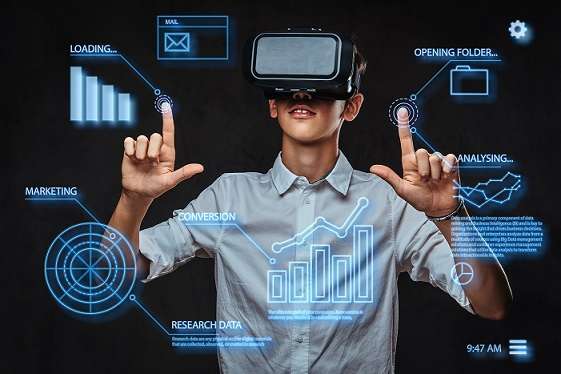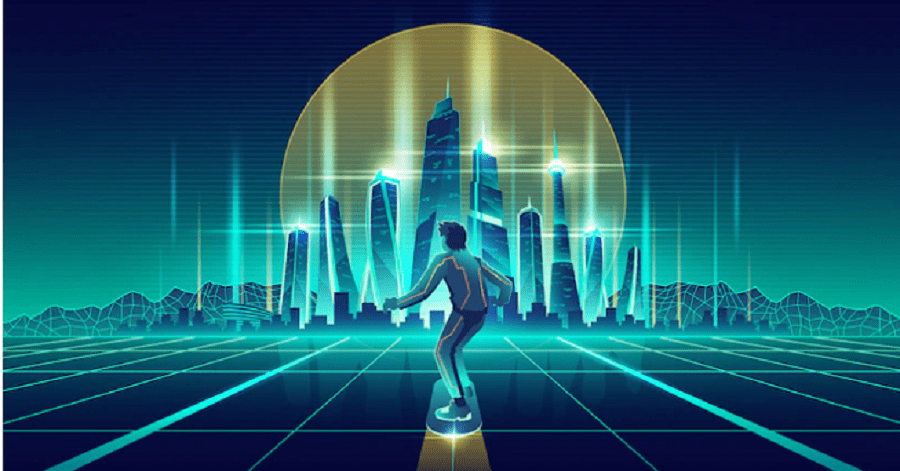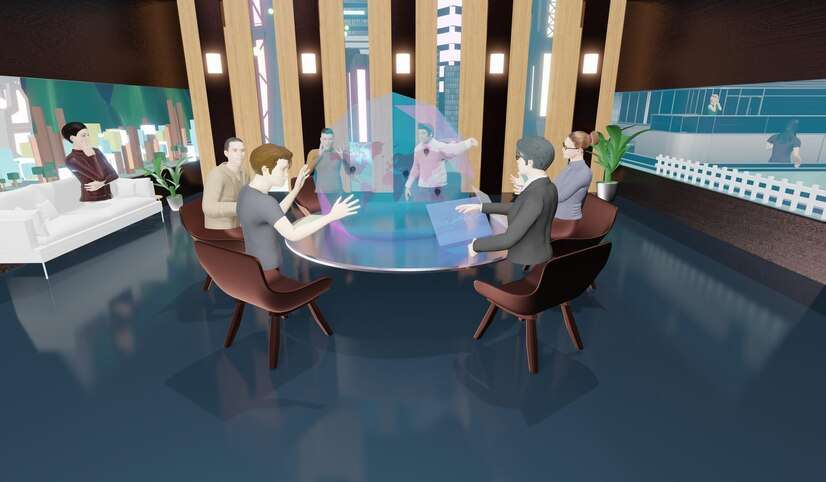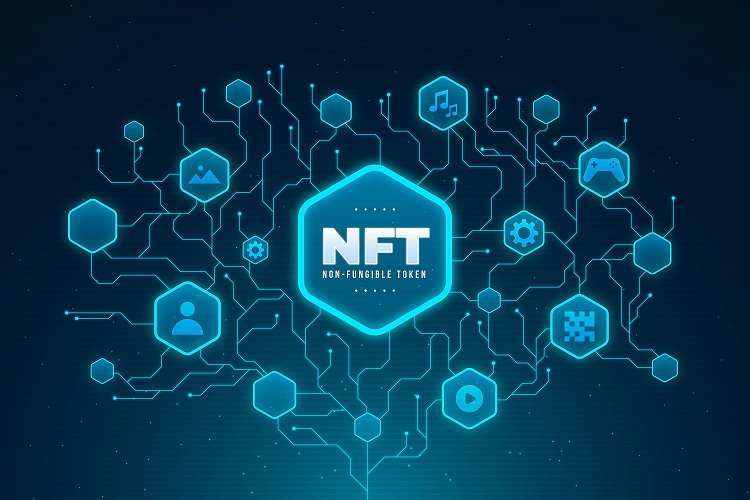Can you explain the Metaverse to me?
Current and future integrated digital platforms for virtual and augmented reality are collectively referred to as the metaverse. It’s been called “the next frontier of the internet,” and it presents a huge financial and economic potential for the tech industry and beyond. But seriously, what is the Metaverse?
The ambition for the metaverse articulated by social media and technology companies envisions users having access to 3-D virtual or augmented reality environments via devices like virtual reality headsets, digital glasses, smartphones, and other devices, where they can work, connect with friends, conduct business, travel to remote locations, and access educational opportunities in a new and immersive way mediated by technology.
There is more than one way to interact with the metaverse. Instead, it alludes to the eventual availability of a wide variety of interactive digital experiences that will enable users to do a wide variety of tasks inside artificially created environments. This may include using a virtual reality (VR) headset to interact with other players in a big online game, or it may involve using a smartphone or smart glasses to access location-based, immersive digital material while in a physical setting.
The metaverse is not just one virtual world, but rather a collection of interconnected ones being developed by different firms to provide more lifelike and engaging simulated environments for gamers. The technology has a wide variety of possible applications, from augmented reality collaboration platforms that might improve cooperation and integration to work productivity systems for remote teams that, for instance, can let real estate agents to organize virtual house tours.
Existing internet-enabled video games like Second Life, Minecraft, and Fortnite already include some elements of the metaverse. These games provide players from all over the globe with an interactive, social, and virtual experience that takes place in a persistent virtual environment. To be sure, the metaverse won’t be the only place you can enjoy a virtual reality-like environment, but it will provide a lot more of them. Let’s spend some time breaking down the jargon so we can understand what is the metaverse and its meaning.
The Jargon with Metaverse Examples
Virtual World
A virtual world is an online simulation where multiple users (represented by avatars) may interact with one other and the environment in real-time. The user is presented with perceptual data, which includes the actions and communications of other users, as well as their motions, in real time inside the virtual environment.
Multiplayer online games provide users the ability to interact with and explore their virtual environments by using virtual worlds. Developers of the metaverse argue that there are uses for virtual worlds beyond video games, such as in business software and healthcare.
Virtual Reality
Virtual reality is a computer-generated simulation that immerses the user in an artificial world complete with simulated visuals, audio, and other sensory inputs. Currently, virtual reality is utilized for video games, but technology has the potential to revolutionize fields like teleconferencing, healthcare, and the military. When using VR gear, one may explore a digital environment, walk around freely, and communicate with other players and in-game entities.
Augmented Reality
As with mixed reality, augmented reality adds a new dimension to our perception of the physical world around us. The term “augmented reality” refers to the practice of enhancing the actual environment with computer-generated sensory inputs such images, sounds, tactile data, and olfactory information. The hallmarks of augmented reality include the combination of the virtual and physical, the ability to interact in real time, and the depiction of both virtual and actual things in three dimensions. It may be used to help consumers see a product they’re contemplating buying in a setting that feels more at home (like a couch), for instance.
Mixed Reality
By fusing elements of both the digital and physical realms, mixed reality ushers in novel methods of interacting with both virtual and real-world environments. In mixed reality, you are not completely in either the actual or virtual worlds, but rather, you are located on a “virtuality continuum” between the two.
Mixed reality can take the form of location-based simulations, such as the projection of 3D models of charts and concepts onto virtual reality headsets or glasses during a university lecture, or it can take the form of augmented reality, as seen in Pokemon Go, where players can see Pokemon they’ve spotted in the real world by using their mobile device’s camera. Video games, education, military training, healthcare, and the merging of people and robots are just few of the fields that might benefit from mixed reality.
Virtual Economies
The original definition of “virtual economy” referred to the buying and selling of in-game items in Multiplayer games. Players in several of these games may trade goods and services with one another, using both real-world and in-game currency. Yet nowadays, non-fungible tokens and crypto currencies may also be a part of virtual economies. Some speculate that in the not-too-distant future, social media and other firms may develop their own virtual currencies, although subject to certain restrictions from authorities.
Companies Leading the Evolution
Several businesses have either already released metaverse goods or services to the public or announced plans to do so. Understanding what the companies do help us understand the metaverse’s meaning.
In the fall of 2021, Facebook stated that it will be rebranding as Meta Platforms and allocating significant resources into the development of metaverse applications. By doing this, it will capitalize on its current investment in Oculus, a VR hardware manufacturer.
According to Meta Platforms, VR will soon be the norm for online communication. There’s also the presumption of widespread use of VR headsets and other related tech.
Microsoft
Meanwhile, Microsoft is working on metaverse-ready versions of existing products (e.g. Mesh). With its mixed reality platform, Mesh, customers may experience augmented reality on their mobile devices or desktop computers without the need for expensive VR headsets. For distant employees and online conferences, Microsoft also aims to include Microsoft Teams into the metaverse.
Roblox
Roblox’s goal is to make gamers’ virtual lives more fun and interesting by making them more interactive. Roblox is a website where people of all ages may go to play video games, albeit at the moment its primary audience is children. They’re looking to expand into the adult game market.
Nvidia Corporation
Nvidia Corp, another firm engaged in metaverse development, is hard at work on the Omniverse platform, which will link 3D virtual worlds in a common universe and is now used in the modeling of physical structures and industrial processes
Nike
Additionally, Nike is making a move into the metaverse by registering digital trademarks of its primary emblems, which will allow for the production of virtual Nike footwear and apparel, and by launching Nikeland, a virtual sports gaming environment, on the Roblox platform.
Snap
Filters that enhance reality are nothing new for Snapchat. Users may alter their surroundings via their smartphone cameras with the help of these filters. Augmented reality glasses were released in 2021, allowing users to take the app’s features into the actual world.
Second Life
Second Life, a once-famous online massive multiplayer game launched in 2003, gave players the opportunity to experience life in a virtual environment. It was one of the first widely adopted instances of a virtual economy, with players purchasing tokens to use in-game. The idea was developed by the San Francisco company Linden Lab.
Epic Games
The famous video game Fortnite was developed by Epic Games. The firm has evolved from its original focus on video games to focus on developing interactive social events like online concerts and dance parties.
